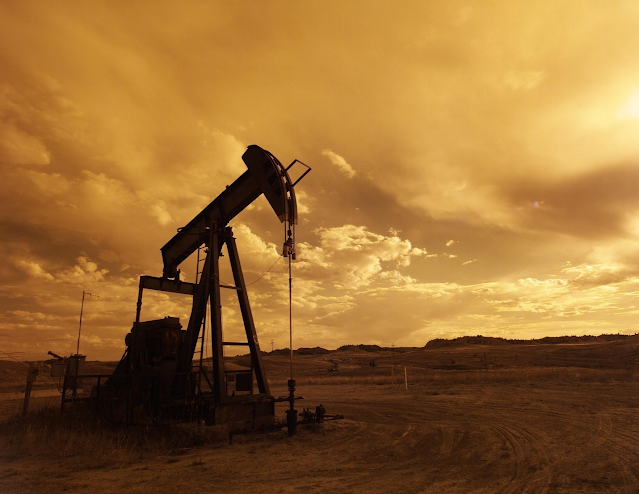The Three Building Blocks of an MWD System
Measurement While Drilling (MWD) is a useful system for engineers to determine the essential measurements such as borehole inclination and azimuth during the drilling process. These measurements make it much easier for them to make timely drilling decisions and understand the conditions at hand.
MWD uses magnetometers, gyroscopes, and accelerometers to provide real-time measurements as the drilling is being done. It’s especially useful when the inclination exceeds 60 degrees, and traditional logging tools can’t be used. To understand how MWD works, let’s look at its three building blocks.
Inertial Measurement Unit (IMU)
IMU is a common measurement method that uses different sensors to calculate orientation and position. For oil and gas extraction, IMU is an important building block in MWD. Accelerometers and magnetometers are sensors used to calculate the azimuth and inclinations. Once these measurements are taken, MWD begins the transmission process.
Telemetry
Two ways to transmit the measurements to the surface are Electromagnetic telemetry and mud-pulse telemetry. Here’s a quick overview of how they work:
Electromagnetic Telemetry
Since earth is a good conductor of electromagnetic signals, it can be used for electromagnetic telemetry. An electromagnetic transmitter is placed at the bottom of the drilled hole. Two probes are placed in the rock, and sinusoidal signals come through the earth to the surface.
Mud Pulse Telemetry
During the drilling process, a drilling fluid (a special kind of mud) is sent down the tube and brought back to the surface. There are electronic devices placed at the bottom of the drilled hole, which can relax and constrict the flow of this fluid, creating pulses that circulate in and out of this hole. These pulses are decoded to get the required measurements.
Surface System
The surface system is responsible for receiving the transmitted data and displaying it meaningfully. If MWD uses mud-pulse, the surface system will have a pressure transducer that converts the pulses to electrical signals. These signals are converted into binary code. There are sinusoidal signal detectors for electromagnetic telemetry that detect electrical signals.
Once the binary code is received, it is sent to the Rig Floor Display (RFD), which is further decoded and displayed to the rig engineer. They can then make quick decisions on how to proceed with the drilling operations.
True Shot LLC provides MWD, which is embedded with accurate and powerful accelerometers which can reduce drilling costs and give higher accuracy. Our complete range of drilling solutions includes MWD, unmanned MWD, Seismic While Drilling (SWD), thru-tubing completions services, Logging While Drilling (LWD), mud motor rentals, horizontal and directional drilling, and inclination on connection services.
Contact us now by emailing info@trueshotllc.net or give us a call at 432 296 6366.





Comments
Post a Comment